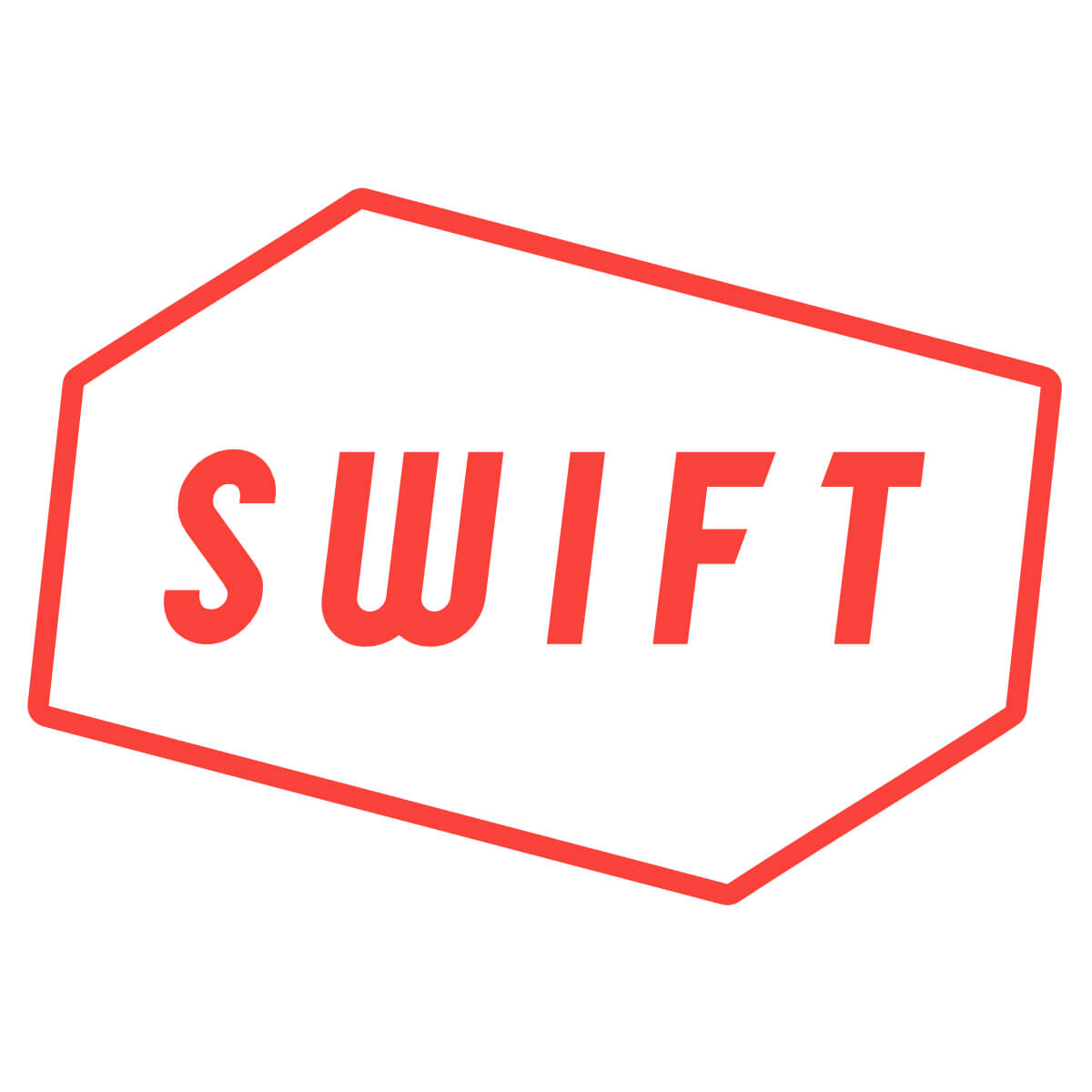94
Velocity (max)
7/24/24
Rankings available to Premium Subscriber
Rankings available to Premium Subscriber







To unlock contact information, you need to purchase a ScoutPLUS subscription.
Purchase Subscription
Positional Profile: RHP/SS Futures games participant, Ranked #1 in Missouri, Tennessee Commit.
Body: 6-5, 185-pounds. Tall, lean frame with projectability.
Delivery: Quick, rythmic delivery. Medium high leg kick, hip coil, hard push off the moung. Long frame creates extension, controlled follow through.
Arm Action: RH. Fast arm, comes down hard. Overhand arm slot.
FB: T90, 88-89 mph. High spin, plays well high, buzzing arm side run. T2417, 2272 average rpm.
SL: 72-77 mph. Hard, vertical break. T2141, 2051 average rpm.
CH: 80-80 mph. High spin CH, barreling arm side break. T2038, 2038 average rpm.
ATH: 7.16 runner in the 60. 28.30 max vertical.
Positional Profile: RHP/SS Futures games participant, Ranked #1 in Missouri, Tennessee Commit.
Body: 6-5, 185-pounds. Tall, lean frame with projectability.
Hit: RHH. Tall, narrow stance. Elbows slightly flared, bat behind head. Shifts weight heavily to back leg. Small leg kick into stride. Fast, uphill swing. Fast hands and bat speed. 76.2 mph bat speed with 9 G's of rotational acceleration.
Power: 97.4 max EV
Arm: RH. INF-85 mph. Fast arm, 3/4 slot.
Defense: Prep step, fluid movements, great range. Soft hands with clean, consistent transfers.
ATH: 7.16 runner in the 60. 28.30 max vertical.
Vizual Edge: 69.21 Edge Score
INF Tyler Putnam (Battle, 2026) is an upside 6-foot-2, 160-pound long-limbed athlete and was another freshman that showed well at this event. Putnam controlled his lanky levers well for his age at the plate, and he generated whip off the barrel with plenty of future intrigue as he continues to physically fill out.
Body: 6-2, 160-pounds.
Hit: Upright stance, balanced base, minimal load, short stride. Simple approach. Highly repeatable. Loose, level swing. Remains balanced through contact. Pull side approach.
Power: 87.8 max exit velocity, averaged 81.6 mph.
Arm: INF - 70 mph. Short arm action, high 3/4 slot.
Defense: Fields the ball out front. Balanced footwork. Clean exchange.
Run: 7.92 runner in the 60.
Delivery: Segmented, tall and fall delivery. Level shoulders. Lands on line.
Arm Action: Long arm action, high 3/4 slot.
FB:75.3-77.2, T78.7 mph. T2,053, 1,907 average rpm.
SL: 10/4 shape. Depth. Lateral action.
CH: Plays straight.